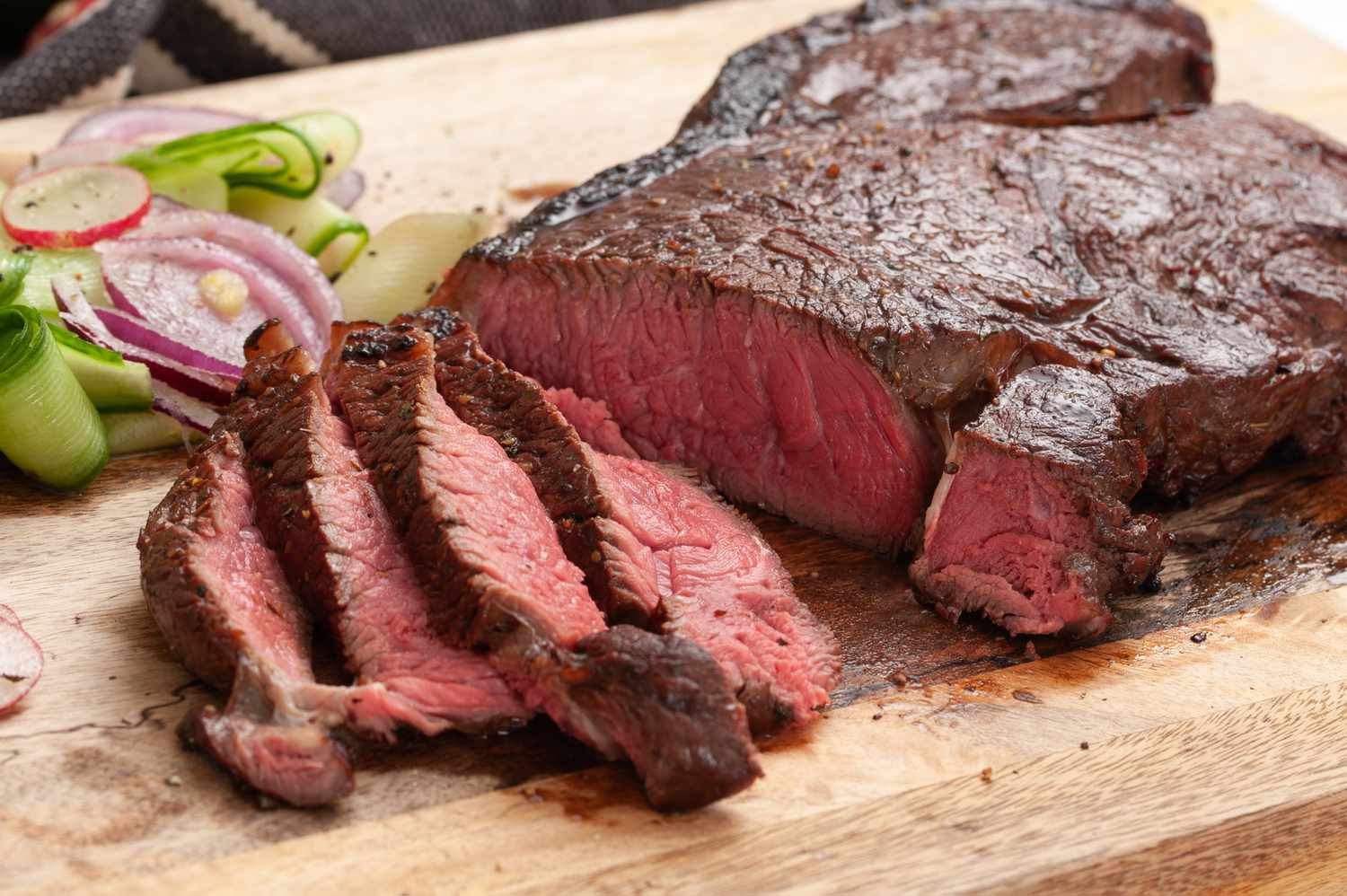There are differences among the various cuts of beef. Others are valued for their taste, others for their softness, and some for their cost and adaptability. The top round and bottom round are two cuts that are often misunderstood and contrasted in butcher shops and kitchens alike. Although they are both lean cuts from the cow’s back leg, there are a few minor variations that might impact the outcome of your meal. Choosing the optimal cut for your cooking method and recipe requires an understanding of the top round vs bottom round dispute.
Comprehending The Round Primal
Understanding the origins of these cuts is helpful before delving into the discrepancies. The “round” primal cut, which comes from the cow’s hindquarters, includes both top and bottom rounds. The flesh is often lean, firm, and somewhat less tender than portions from the rib or loin since this region receives a lot of activity.
The top round and bottom round have unique qualities that make them more appropriate for certain cooking techniques, even though they come from the same primal. Let’s take a closer look at those variations.
Top Round: What Is It?
The upper part of the round primordial is where the top round originates. Compared to other cuts in the same region, it is renowned for being comparatively delicate. This makes it a popular option for recipes calling for London broil, deli roast beef, and several types of steak. Due to its lean nature, it is best prepared with wet heat or marinated to improve taste and softness.
Another characteristic of top round is its consistent shape, which makes it simple to cut into thin, clean slices, perfect for sandwiches or other meals that emphasize appearance. Although it isn’t as opulent as sirloin or ribeye, top round may compete in recipes that call for reasonably priced beef of a reasonable quality.
Bottom Round: What is it?
Conversely, the bottom round is extracted from the lower part of the back leg. Compared to the top round, this cut is harder because it contains more connective tissue. But when the meat is cooked well, the same tissue adds deep flavor. The bottom round roast, rump roast, and bottom round steak are some of the smaller subcuts that are often separated from it.
This cut excels in slow-cooked recipes, including stews, braised beef, and pot roast. A soft, delicious meal is produced by breaking down the connective tissue with a longer cooking time. Additionally, bottom round is more affordable, which makes it a fantastic choice for planning meals in advance or serving a large group of people.
The Main Distinctions Between The Top And Bottom Rounds
Tenderness, texture, and the finest cooking techniques are the primary distinctions between top round and bottom round:
- Tenderness: Although neither top round nor bottom round can equal the tenderness of premium cuts like tenderloin or strip steak, top round is often more delicate.
- Taste: When slow-cooked, bottom round has a richer, beefier taste. For cold slicing, the top round has a softer, cleaner flavor.
- Cooking Techniques: Roasting, broiling, marinating, and grilling work best with top round. The bottom round is perfect for pressure cooking, slow cooking, and braising.
- Price: For slow-cooked dinners, bottom round is the most cost-effective option since it is often less expensive than top round.
Conclusion
The top round vs. bottom round argument is about which cut is better for your planned dish, not which cut is superior generally. When cooked properly, both cuts have a place in the kitchen and may provide delicious results. While bottom round gives a strong taste and great value, top round adds a little more softness and grace.
Knowing each cut’s advantages and best applications can help you choose the one that best fits your recipe, price range, and palate. There is a round cut that is ideal for you, whether you are slicing roast beef for lunch or slow-cooking a hearty pot roast.
